El christian art, It is a type of religious art directed under the premises and dogmas that frame the doctrine of Christianity. It is expressed through various areas such as: architecture, painting and sculpture, which have evolved over time without losing their cult essence.
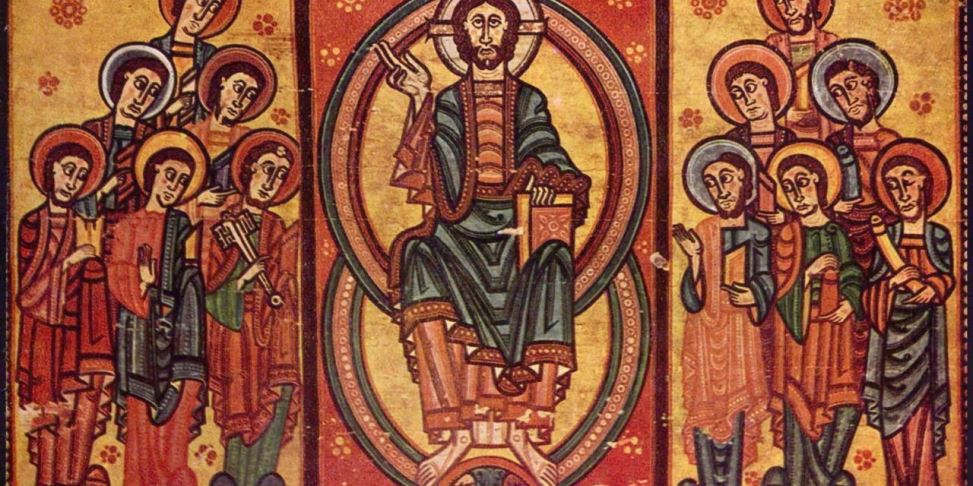
christian art
Christian Art is a type of mystical art, where the works and works carried out are used as a way of paying tribute and are directed under the dogmas and premises of the current of Christianity. If you want to know other similar topics of culture, you can read Vikings in Spain
One of the main objectives pursued by Christian art is to recreate, through illustrations, some passages, experiences or Christian messages addressed to the faithful believers of said religious current. Through Christian art, a religious message can be represented, which is expressed through painting, architecture, sculpture, among other means.
From the fourth century, the current of Christianity became the dominant religion of Western civilization. Its greatest boom occurred during the Middle Ages and the Modern Age, having an important enhancement in Europe which later spread geographically.
In part, this meant that the main artistic currents that began to emerge during the Contemporary Age were strongly marked and influenced by Christian art, whose essence is linked to fulfilling religious worship.
The architecture of buildings, paintings and pictures, sculptures or other holy objects, are sanctified, ceasing to be only works of art. The monasteries, temples and sanctuaries were considered as true relics, specifically during the ancient times of Christianity until the Middle Ages, where honors were paid to martyrs and saints.
Images inspired by the life of Christ They came to have a reputation for being miraculous, motivating the faithful believers and devotees of this religion to make pilgrimages. However, this type of art was a source of discrepancies within the religious promoters themselves, even causing an internal division between those who supported the devotions that these works inspired and those who were against the idolatries and superstitions that derive from these practices.
Christian groups have come to use art in some way to express their cults and devotions, having a very particular opinion regarding the meaning that each one gives it, creating a difference in criteria between Protestants and Catholics. religious.
Music and religious architecture are more generic types of Christian art, through which any message that is sought to spread in society is expressed. As for religious sculpture and drawings, considered to be a more representative type of art, the most recurrent themes being the life cycles of Jesus Christ, as well as various passages from the Old Testament.
In the traditional Catholic churches, one can see an abundance of sculptures and representations of Christian art, as well as a hodgepodge of various representations, both in the small surrounding chapels and on the high altar.
It is quite evident in the architecture of the baptismal font, large stained glass windows, among others. Various types of architectural elements serve as the basis for the sculptures, being duly differentiated according to the date of the corresponding historical period.
The decoration of Orthodox churches includes the use of religious jewelry, mosaics and clothing, making their spaces more overwhelming. In contrast, the evangelical altars display a simplicity that was adopted from the new buildings of Catholic churches, from the times of Vatican Council II.
The symbols that are exhibited through Christian art contain very distinctive signs that make direct reference to the elements of Christianity, using some medium, events, scriptures or concepts, which they represent in a specific way.
the cross of Christ and other images of Jesus, are generally the literary reference that is used mostly in Christian art, although mixed with common concepts of life, among which is love, eternal life, the salvation of man and his soul, etc.
Regarding pictorial representations, Christian art is distinguished by highlighting the details of the images making them easy to identify. Part of it is the facial and distinctive features of each person, that is, if he wears a beard, his hair.
There is also his clothing, the colors, his gestures, elements of his environment that represent him, for example, the position of his hands, his robes, the use of some liturgical object, etc; expressive elements with which Christian art has been given to differentiate from others.
History
The history of Christian art goes almost hand in hand with the history of the age of Christianity. Proof of this is the discovery of Christian iconography, whose date is recorded around the year 70 AD. C., contributions that are part of archaeological records that support the historical appearance of Christianity and also describe how its evolution process took place.
The sarcophagi are cataloged as a type of Christian sculpture, with records from the beginning of the XNUMXrd century. Between the XNUMXth and XNUMXth centuries, architecture began to develop, an example of which is the facades of the churches that came to replace the first temples.
During the government of Constantine, the empire had already adopted the religious doctrine of Christianity, and with the growth of faithful followers and devotees, the need arose to inhabit buildings with a public character and with greater capacity, in order to celebrate cults.
Then the need arose to build new Christian churches, but not adopting the characteristics of the pagan temples that already existed, but rather the models of public rooms to hold meetings, that is, the basilicas, to comply with what was required, which was a space with a greater extension, where the faithful devout believers of the religion of the Christianity, they could come and pray.
In those years, the basilicas fulfilled a civil function, but due to the need that arose, their role changed, becoming the place for the celebration of Christian assemblies, and the basilica floor plan officially became the structure that they would take over the construction of the new churches.
Parallel to this, other structures were added to the religious activities, but their distribution style was different from the basilicas, having a centralized plant called "baptisteries", as well as another area where the mausoleums or graves were located.
These spaces were used to celebrate baptism in times of secrecy and divided from the customs of the church. In the presentation of mosaics and murals, the Christian art of painting could be seen expressed.
Pavement mosaics were the decorations used by churches, having as main themes events and passages of Christianity which were used as their symbols and emblems. Mosaic carpets were placed in the gallery region of the basilicas that became churches, whose illustration subjects for said painting was the dogma of the faith of Jesus Christ.
As of the date of these illustrations they date from the XNUMXth century, although they later ceased to be made considering that the images contained a sacred aspect that could be disrespected by having to step on them. Another expression of Christian art was "miniatures", emblems that were used as a tool within manuscripts, with the intention that people better understand the texts, mainly the illiterate.
The parchment codex began to replace the papyrus scroll between the XNUMXnd and XNUMXth centuries, since it could be sewn and bound, allowing miniature paintings to be made and preserved. In the Vatican Apostolic Library there are two manuscripts of Virgilio They date from the XNUMXth century and are well preserved.
Other religious manuscripts with the same conditions, date back to the sixth century. A copy of the religious book of the Genesis, is in the National Library of Vienna. Fragments of an ancient Greek Bible, dating back to the XNUMXth century, are what remains in the British Museum, after being damaged in a fire that occurred in the library of Sir Robert Cotton, where it was originally located, in 1731.
Other surviving manuscripts written in the Syriac language are found in Florence and Paris, in the library Laurentian and the National Library respectively. In the times of the Roman Empire, the inhabitants wore clothes adorned with religious images of an evangelical trend, made of a polychrome wool and silk material, considered a type of luxurious fabric that was not only used to dress, but also to decorate buildings.
Despite the fact that the clergy of those times opposed this type of use, clothes with fabrics of religious scenes are still preserved in the costumes of the priests and also in the upholstery of important museums around the world.
Features
During the times of the Roman Empire, Christian art became known as early christian art, having its origins in the idea of meeting the need that the followers of this religious doctrine had, to meet in assemblies and be able to do their worship. Another interesting topic is Everything is Mind
The basilicas began to be used as new centers for the convergence of Christians and the Eucharistic banquet, elements were incorporated that little by little were adapted as part of the liturgical celebrations, using a portable altar that became fixed in the XNUMXth century.
For many years, it was believed that Roman art had declined giving way to early Christian art, especially within the world of plastic arts. With the passage of time, this point was clarified, assuming that Christian or Paleo-Christian art originated from the combination of trends that prevailed in the fourth century, taken from Alexandria and Antioch, two of the great Hellenistic cities, in addition to the eastern region.
The sum of everything, resulted in the genre that became known as "classical realism", which was softened by the Asians, managing to create a very marked and distinctive style in terms of clarity and sobriety of the lines, as well as an outstanding beauty in the forms.
But, all this would be just a prelude to the birth of an exuberant artistic movement, which developed in some countries among which we can name Egypt, Asia Minor, Syria, and Europe western, between the XNUMXth and XNUMXth centuries.
However, according to their places of origin and the times they go through, the combination of elements makes it possible to obtain different products, that is, the Paleo-Christian art of Egypt It is very different from Syria, but they are accepted within the framework of cultural diversity.
The ancient Roman basilicas were replaced at first very slowly, then with a little more speed, incorporating structures with circular and cross-shaped plans. Another action that stands out within the new movement is that an attempt was made to cover the buildings with turrets.
There remains then a trend of lintelled architecture for constructions in the West, while in the East, the vault shape is progressively adopted, especially during the Age of colossalism.
The characteristic "horror of emptiness" content in oriental art, explains the ornament of the basilicas contrasting with the clarity of the spaces of the Hellenistic trend. Exuberant vegetation, animals, birds and inserts, flower arrangements, among others, are part of this decorative richness that is revealed through Christian art.
Paleochristian
The type of art that was made by the first faithful and believers of Christ, dating from the XNUMXnd to XNUMXth centuries, or XNUMXth AD, it is known by the name of Paleo-Christian or Christian art. The current of Christianity, like that of Judaism, is considered worldwide as one of the largest monotheistic religions.
A monotheistic religion means that its faithful devotees believe in the existence of only one God. This is one of the reasons why, with its appearance, the previously existing artistic expressions underwent a radical change.
Christian Art arises from the need to propagate and teach in a simple but very direct way, the contents, principles, divine attributes and other dogmas of the Christian religion, including illiterate people. Among these principles and values is mainly the greatness of God, but also his goodness and mercy.
art of the middle ages
It was also called medieval art, and it was one of the categories that was assigned within art, to one of its most important times and that was universally extended. The time included was from the V century to the XV century, standing out the regions of Africa, Europe and the Middle East.
The Christian art that developed during the Middle Ages, had qualifications or an aesthetic evaluation, carried out according to some criteria that were becoming more and more changing. This phase of art was dubbed the "dark ages" by some critics, while others called it the "ages of renaissances."
In the same way, during the times of the Middle Ages, different artistic movements arose, with different geographical expansions, that is, there were varied groups showing different styles, ranging from a marked international influence, to national, regional and international arts. local.
These multiple styles bring a great diversity to the works of art that were part of various types of genres. These new trends served as a platform for artists who remained anonymous for a long time due to the fact that their work technique was very traditional, which changed in the fifteenth century, where they began to have a more intellectual formation, coming to be considered as cultivators of the beautiful Arts.
A particular artistic synthesis arose in late antiquity, derived from the integration of a classical art style that was inherited from the Roman Empire, mixed with other elements. Among them are the thriving culture of the peoples who arrived at the time of the invasions, and who emigrated from the North of Europe and the east of said continent.
In the same way, the traditions of the indigenous peoples were taken Germanics, Slavs, Arabs, among others, added to the contributions of primitive Christianity. It is the interaction between all the elements that emerge from these important cultural sources, which gives a conceptual basis to the history of art of the Middle Ages or medieval.
The specialists classified it by periods and movements, describing the following: Early Christian art; Pre-Romanesque; Romanesque; Gothic (Western Europe/Latin Christendom); Byzantine (Byzantine Empire / Eastern Christianity) and Islamic Art (in the Islamic world), with reciprocal influences.
In addition, local styles were also identified that were later categorized and differentiated in the same way. This era of art, managed to manifest itself through different media and being expressed through various genres, artistic disciplines and techniques.
Among these expressions are: illustrated manuscripts, represented in calligraphy and miniature images; goldsmithing, drawing, sculpture, architecture, mosaics, among others, among which are arts and crafts that are not considered traditional, such as the making of medieval costumes.
byzantine art
Christian art, for the most part, can be considered as a derivation of what remained of Roman art, which gives it a marked influence of trend European. The production of a type of sacred or sacred art was sponsored by the religious hierarchy of those times, which today is the institution of the Catholic Church, after the fall of Roma and in the midst of a power struggle in the political framework.
Within the Eastern Roman Empire, the Orthodox Church of Constantinople it had greater stability, a key element for it to serve as patronage in the world of the arts, allowing its influence to be noted with respect to its use to achieve a weighting of Christianity.
In the Byzantine Empire, Christian art developed by applying a more abstract aesthetic, a technique that quickly replaced the naturalism that had already prevailed when using art Hellenic. The purpose behind this new style was quite emphatic, revealing through its manifestation, the representation and religious meaning of each object or person, in a more accurate way.
In the same way, the new technique opted for a somewhat simpler process using geometric shapes, already established norms and an inverted perspective when recreating a religious scene or making a portrait of a character, leaving aside light techniques. and color, the proportions of space and the concept of realistic perspective.
The era of Byzantine iconoclasm went through a strong crisis that served to standardize images for religious use within Eastern dogmas, as well as the interpretation that was made of the second commandment in this artistic trend and the controversy that arose due to the use of images. serious.
Influence in Eastern Europe and Africa
En Africa, the Slavic peoples were Christianized, for Roma from the western region, and Constantinople, in the southern area. The characters of Methodius and Cyril they were the ones who preached the gospel to the slaves. As a result of this, groups of Russian, Bulgarian and Serb immigrants began to depend culturally on Byzantine nature, as well as on their art and religion.
On the one hand, Moscow claimed to take the place of Rome after the fall of the city of Constantinople, which in some way influenced the Byzantine icons to be immortalized within Russian painting, being a means to reproduce conventions again and immortalize them. The techniques of Byzantine art had a fairly marked influence on the construction style of Russian architecture.
After the Muslim invasion, both Egyptian and Ethiopian Christianity remained detached from European influence, specifically from Roma And the city of Constantinople, achieving autonomous development. However, Byzantine models were present in its aesthetics, making Ethiopian religious architecture something original.
pre-Romanesque art
Pre-Romanesque art has its origin in the Western Europe, and is part of the manifestations of Christian art made within the first great period of art in the Middle Ages, whose time span goes from the sixth to the tenth centuries, or from the culmination of the fifth century to the beginning of the eleventh century, granting it the name of historiography. The term was coined by Jean-Hubert, in the year 1938.
This type of Christian art refers to a general expression that encompasses all the elements that comprise Latin Christianity as the subject of an artistic production, the product of a mixture between Romanesque and Paleo-Christian art, without the designation of any previously defined aesthetic movement.
The continuity of the Roman Empire in the eastern region gave way to the progress of Byzantine art, contrary to what happened in the western region, where invasions, added to the fall of the Western Roman Empire, created an environment of political instability. which led the culture to decline.
This phase of the history of the arts was known as the "dark age", which was characterized by a scarcity of written sources and the discontinuity of others, circumstances that were taken advantage of by the Germanic peoples, who merged their culture and their art with the classical Greco-Roman culture existing in those times, which had been agreed by new institutions to integrate the principles of Christianity.
For its part, Islamic art achieved its development, caused by the Arab expansion that settled on the southern shore, dividing the Mediterranean space from Spain but also Syria, an event that occurred between the XNUMXth and XNUMXth centuries. There are certain and common characteristics within pre-Romanesque art.
One of the most notable is the relative absence of major architectural projects, including the reuse of existing buildings. In addition to this, few samples of large sculptures can be seen, with preferences leaning towards the illustrations present in works and manuscripts, as well as in goldsmith pieces.
Other characteristic elements are understood by the evolution and symbolism of figurative art, going from the formal to the simple, passing through a certain schematization. With the application of this technique, the aim is to achieve even greater expressiveness, showing various decorative themes in abundance, leaving aside realism.
Despite having all these elements, they are still not enough to distinguish them among the types of local arts, coming to be appreciated framed within an international style, as it happens in the case of Romanesque and Gothic art.
The invaders imposed a new concept of the European whole, when they contributed their cultural baggage individually, by settling in the region permanently. Their adherence to Christian Romanity was presented in different ways, adapting to each of the regions where they settled.
Romanesque art
During the times of the emergence of Romanesque art, the Catholic Church was the great protagonist, since it began to give guidelines in terms of art, at the time when a more stable Western European society was emerging in the medieval period.
This religious institution used the resources, power and hierarchy it had to commission the creations of sculptures and paintings. The type of architecture with the floor plan in the form of a Latin cross became an iconographic structure in the form of pilgrimage churches, which rapidly spread throughout Western Europe.
Transition from Romanesque to Gothic and Cistercian art
One of the forerunners of existing Christian art during the Middle Ages was Saint Bernard of Clairvaux, who had a quite radical perception of what the aesthetic function should be in order to express the artistic manifestations of the religion of Christianity.
His intention was, through his proposal, to purge Christian art of what, according to him, were excessive decorations, even considering them as deviations from said doctrine. His technique leaned more towards simplicity of lines and good use of light. The iconographic representation of Christ was the best example of his technique.
Gothic art
Within the Christian art of the Middle Ages, we come to the classification of Gothic art, which is shown as an artistic style developed in Western Europe in the mid-twelfth century, a period where the late Middle Ages advanced and whose implementation was extending to the Renaissance.
It comprises an extensive artistic period, which had its origin in the North of France, to later spread throughout the western region. His working method is set according to the regions and countries where this movement developed chronologically, obtaining deep differentiation as a result.
In France, one of its development phases took place with a purer character, the one presented in Provence being different than the one in Paris. In Italy, it had a distinction closer to the classical and horizontal tradition, despite having a paradigmatic example that is the Milan Cathedral.
And finally, in countries like England, Germany and Spain, it manifests itself by containing local elements from those regions. If you are interested in reading another similar article on culture, we invite you to review White Brotherhood
Transition from Gothic to Renaissance
The end of the Middle Ages or medieval, became a particularly shaken time due to several events that caused a great impact such as the black plague and the crisis of the fourteenth century. The division of the West affected the religious aspect, placing all Christians throughout Western Europe in a situation never seen before, of an unprecedented nature.
It was that some Popes were refusing to excommunicate each other, and only did so with their followers. Those times were represented through music and dance, since the songs performed by the goliards and the symbology of the dance of death, were a reminder of how fleeting life is.
Art of the Modern Age
The Christian art that manifested itself during the times of the Modern Age, can be considered as the great boom of this art, since it was the time of construction of great emblematic works based on the religion of Christianity.
In the years 1656-1667, a renowned artist named Bernini, built a very allegorical colonnade considered as the access to the center of Catholic Christianity. This same artist was the one who designed the square and the interior of the baldachin, using only baroque elements.
In 1626, the centralized plan that was initially conceived to house the Basilica of San Pedro in 1506, and whose location of the dome sets the profile of the horizon of Roma until today.
The Renaissance and Renaissance art
The Renaissance is a great artistic movement with a philosophical basis. This movement, which is part of Christian art, was born at the end of the fifteenth century in Europe, specifically in Italy. His main characteristic is manifested through the arts, making clear his great admiration for classical antiquity, an element that, in addition to taking as a model, he reproduces in all his works.
It should be noted that the name Renaissance was given to it since the purpose of this movement suggests a rebirth, or the action of a new birth of Greco-Latin culture.
Between the fifteenth and sixteenth centuries, and in the cities of Florence, Rome and Venice, this style of art achieved such grandeur as had rarely been seen throughout history. In the same way, it had a great concentration of artists, originating in those times notable and significant changes within the arts, especially in the Italian Renaissance.
The Renaissance in Italy
In Italy, cultural expressions and manifestations that evoke the ancient world have always had a privileged place. An example of this is the presence of a large number of ruins that have been preserved to the present day.
In ancient times, the Italian cities and states were very rich, so, over the years, their guardianship has become a kind of competition against great powers, who brought great fortunes, with the aim of finance culture.
In that region, a group stands out as peerless protectors of art, the Medici, as well as the Florentines, in the case of architecture. Several artists who began to be famous replaced the medieval craftsmen, who carried out their works with the aim of glorifying God, but whose guild was already quite weakened.
The glory began to be shared by the authors of the works, who enjoyed their triumphs and prestige, beyond the borders. Being able to obtain new knowledge was also something important, emerging within this group of artists the desire to explore the world through scientific processes, which serve to renew the forms and types of art.
Causes of the Renaissance
Elements emerged in Christian art that gave rise to a space opening up to the emergence of the Renaissance movement. Some of the causes that gave way to the rebirth are:
- The existence of very valuable manuscripts written by Romans and Greeks, which were preserved in perfect condition by medieval convents and universities.
- The readings of the classic works were possible thanks to the use of the Latin language, which was considered a very prestigious language.
- The motivation derived from the curiosity of some to know about the civilizations that existed in the past and that were capable of building structures from Roman ruins that appeared in the Italian region.
- The creation of the printing press was of great help in making known the texts of sages, philosophers and poets, existing both in antiquity and today.
Stages and characteristics of the Renaissance
Regarding the stages of the Renaissance, we can say that there are three: The Pre-Renaissance or also known as trecento, comprised of the XNUMXth and XNUMXth centuries; the Quatrocento that occurred until the end of the fifteenth century; and the Cinquecento.
Among the most outstanding aspects of its characteristics we have the reproduction of the model of sculpture and architecture that were exhibited in Rome and Greece. The contemplation of an ideal of beauty, according to what is established by the parameters of reason.
In this movement of Christian art, the balance and serenity that kept everything in harmony were sought. The works created responded to statutes of perfection and clarity, attributes that corresponded to universal norms of permanence in force.
The known construction systems: column and architrave, and arch and vault, are combined with Greco-Roman type construction elements, features that characterized architecture during the Renaissance era.
The hemispherical dome, the vault and the semicircular arch are the three admissible classical orders in the Roman manner. The Renaissance church model has several distinctive and essential elements in its dome: it is built with brick material and has an arched shape; it doubles, one inside the other.
Within the constructions in terms of Renaissance architecture, cataloged as the most important are the Churches and the palaces. The churches are inspired by the same structure that the Roman basilica presents, following as a construction pattern the construction of a floor plan in the form of a Latin cross, elongated galleys and others separated by columns and arches, with flat and relief ceilings.
Baroque Art
This art began in 1600 presenting itself as a resistance movement, which sought to outline propagandistic art, making everyday activities a theme to represent through the arts, in a simple but quite expressive way. He even took into account some details that, although abrupt and morbid, were part of life.
But, this was only part of its initial content, since with the passage of time, its purposes changed, now having the idea of demonstrating the superiority that the Roman Church exercised in those years. It also went through a phase of excessive use in decorations that was called "decorative baroque", whose cycle ended in the eighteenth century.
Religious art received a strong boost from the Monarchy and other important representatives of society with great power, which made Baroque art serve to set a symbology that expressed dogmas and styles.
From the XNUMXth century, all the artistic productions in Europe, They came to be classified as baroque art, including Dutch painting and English architecture, although features of religious buildings can also be seen in Dutch architecture, which present characteristics of Christian art, specifically Protestant baroque.
As for the colonial baroque, it marked a new trend, reproducing a new type of harmony and syncretism, beyond European forms, highlighting aspects of the popular religiosity that was being born at that time.
A religious musical baroque art also arose, which quickly became popular not only because of its exponents, among whom was Bach and Vivaldi, but because of the religious traditions of Catholics and Protestants with which he identified.
Art of the Contemporary Age
In Western Europe, ancient and medieval Christian art began to be compiled in the XNUMXth century, with the incorporation of a new profane, non-sectarian and universal knowledge of art, which consisted of giving an artistic value to the works, more than religious worship.
For its part, the nascent contemporary Christian art was being considered as marginal, and secular and profane artists began to reproduce Christian themes occasionally, although a Christian artist was rarely included in the historical canon. However, many modern artists have created pieces of art for churches that have been recognized worldwide.
Neoclassicism and historicisms
During the development of the second half of the XNUMXth century, a new conventional artistic style emerged triumphantly, neoclassicism, a movement that was maintained during the art stage of the Contemporary Age, thanks to its preference for the academy.
The creations of Christian art fulfilled the purpose of keeping their followers, and they assiduously adapted to this new style, without having to give in to the artistic changes, products of the revolutions, which posed some aesthetic challenges.
Through this style, it was proposed as an alternative, to merge some elements of the past and that were very successful in their time, it shows that it was evident in the art of architecture with a marked tendency in the techniques of neo-Byzantine, neo-Romanesque, neo-Gothic, and even in eclecticism, which consists of the combination of elements whose origin is different.
The creation of these works extended to the XNUMXth century in a chronological manner. Both in sculpture and in painting, the great artistic influence left by this movement can be evidenced, even within countries far from where neoclassicism originated. This has produced a mixture of artistic expressions not only European, but also Hispanic and mestizo.
Pre-romanticism and romanticism
As a revolutionary and aesthetic artistic movement, but also political, French realism was defined, a situation that placed it against the feelings and desires expressed by the followers of traditional arts and Catholic tendencies. However, this did not stop artists from expressing themselves individually and creating authentic examples of Christian art.
Similarly, in the mid-nineteenth century, the Christian stimulation of representations with content of traditional religious themes, was not so evident, even coming to have other motivations than those that the work allowed to see. Some painters captured religious themes in their works, with an intention that became evident, to cause provocation and even show their irreverence.
The artistic movements that arose in England and Germany, and which were called pre-Raphaelites and Nazarenes, sought the element of purity within the history of art, both in the artistic and in the religious part, that was detached from the techniques academic and baroque.
Impressionism, post-impressionism and modernism
At the end of the XNUMXth century, several innovative aesthetic movements began to develop, which had their origin within a popular artistic context, but which showed indifference to the religious aspect and to clericalism.
Despite this, the spirit of the Christian trend remained present within the artistic creations in a dissident way. The ecclesiastical structures were a clear example of this premise, where the theme of religiosity was manifested in a profound and integrated way.
artistic vanguards
Through religious works, part of the trajectory of some painters related to the most important styles was characterized. It was thanks to the great detail that produced the style of architecture designed by them during the last century that Christian art was renewed. Proof of this were the religious buildings of the time.
In the year 1922, several "Christocentric" churches began to be built, works that were directed by a liturgical movement, which was of great influence for a change in the understanding of Christianity, framed in the structure of its spaces. for the celebration of their cults.
This step was concretized, evidencing in several architectural samples that are part of the Catholic buildings and also that of the Protestants. The profound renewal of Catholicism that conjectured the Second Vatican Council, it was revealed in all art shows, in the second half of the XNUMXth century.
Characteristics of modern architecture
The type of architecture that was built at the end of the XNUMXth century did not have a rigid character, that is, it was not carried away by a certain style. The main idea was based on the usefulness of the property and the function to be performed for the benefit of the group.
As a result of this, a new concept of a type of functionalist architecture is created, which merges the academy with the criteria of trends, leaving aside their differences. New materials are added to the construction, among which are: artificial stones, formica, aluminum, steel, cast iron, fiberglass, concrete, among others.
But, among all these implements, within modern architecture, the use of steel and iron stand out as important tools in this process. Its main use is within the construction of the building structure, which basically refers to a skeleton formed by the placement of beams in horizontal and vertical ways, and which are solidly fixed.
This base is the one that contains the necessary resistance, which will allow the construction of walls with light materials, placing large glass windows, which provide excellent lighting to the interior spaces of the work.
In addition, the metal structure has great resistance to ruptures and deformations, having attributes that allow it to take any shape that you want to give it, according to the chosen design. This skeleton consists of several elements such as an iron armor, cement, rods, etc.
These building materials are constantly subjected to bending and compression, which the concrete successfully resists. One of the characteristics of current architecture that stands out is that its functional elements are visible, having several elements that distinguish it such as: texture, color, shape, model, etc., adapted to the desired artistic effect.
The modernism of Christian art, differed from other trends, given its functionalist character, which were different in each of the countries in which it developed. However, it had several points that were common and general, such as the mixture of certain materials such as bricks and stones.
Another of its characteristics was the use of asymmetrical and twisted shapes; of wavy lines; dense decorations made with the use of flowers and other plants, among others; standing out with great creativity in terms of window and door designs.
contemporary christian art
The investigation to publicize the usefulness and other uses of new materials in the field of building construction was one of the aspects that made contemporary Christian art stand out. The results of the investigation concluded that buildings with a small size should be built, for residences, factories or premises, having a smaller distribution of their spaces.
Similarly, the employment for this type of work, for concrete, iron and aluminum materials, and as for the rest of the surfaces, glass. Their structures took on geometric shapes of a cubic type, whose strength rested on specific axes. It was the Germans who, in 1970, took the lead when it came to working with models of this new architecture.
Devotional items and folk art
An important element that contributed to the spread of popular Christian culture was the large-scale sale and reproduction of works of mercy, which in turn became possible with the use of printing. During the XNUMXth century, the activity was carried out by stage painters, who were specialists in said literary genre.
Added to this great advance is the increase in the production of stamps containing prayers to the saints, which were made in color, using the invention of lithography. They began to be distributed as a way to raise funds for the maintenance of temples and other religious sanctuaries.
Later, this advertising strategy became a valuable educational resource, which was used in catechism and other Sunday schools. Parallel to this, the artists who began to describe themselves as Christians, were acquiring great successes commercially, the most recognized in the area being the Americans and the Spanish.
Iconographic themes
Before the Contemporary Age, a large part of the inhabitants did not know how to read, so it was difficult for them to review the sacred texts that were written in Latin. It is then like Christian art, it is presented by offering them a more accessible alternative so that they could understand the meaning of Christian messages.
The church began to use art copiously, as a strategy in the teaching of catechesis. His contribution was so great that Romanesque sculpture came to be called the "stone gospel". Christian art became an important iconography, which made known the elements of each saint character, having that, just by seeing them, it was already identifiable for the devout faithful, such as, for example, the keys of San Pedro or the flowers of the Virgin Mary.
Within Christian art, the most popular iconographic themes are those that refer to the life cycle of Jesus and the Virgin Mary. There is also that of the lives of Catholic saints and martyrs, especially those whose devotions extend around the world.
The most common representations of the saints can appear individually or together with several, without the need for the representation of that scene that was artistically captured, to have been real or not. One of the most reproduced is the image where everyone is supposed to be together and reunited in the kingdom of heaven.
Old Testament Cycles
Several themes that are referred to within the Old Testament are frequently represented in Christian art, especially the scriptures of Exodus and Genesis, such as images of Paradise and the creation of the world; as well as from the accounts of respected sages and prophets of the time.
There were specific themes that were of great interest to be reproduced by plastic artists and painters, making these works of attractive taste that won active buyers among the population.
This led to the opening of a parallel commercial market for commissions made only by ecclesiastical institutions, which did allow freedom in the works, which now featured nudes and violent scenes, which appeared hand in hand with the Renaissance period.
Angels, personifications and collectives
Another theme that became very common in Christian art was the representation of angels and cherubs, either individually or together with other angelic choirs. Also, works were performed where both sin and virtues were personified, making these themes very frequent.
Around the groups, they were represented numerically conventional, such as, for example, the case of the 12 apostles, the 10 commandments, the 8 doctors of the church, the 7 archangels, etc.
Cycle of the life of Christ
The artistic characterization of the life of Jesus Christ, It begins with the presentation of his genealogy, rather than with his own birth, having as notable examples paintings that allude to the announcement of the spirit angel about the miraculous conception, and other scenes where you can see the Virgin Mary pregnant.
They also stand out within these cycles, the one referring to the Nativity, where scenes with messages that denote a deep veneration are included. So, then, we have the adoration of the shepherds to the child Jesus and the holy family; the worship of Wise Men; the representation of the massacre of the innocent saints; escape and rest Egypt.
Christian art specialized in special representations of various passages in the life of Jesus from his childhood to his adult life, until his 33 years. From his childhood you can see him in paintings and sculptures, always accompanied by his parents, as well as the biblical passage of his visit to the temple, both when his presentation was made and when he got lost and met with the great religious teachers of those times. .
As an adult, his actions stand out from the meeting with his cousin John the Baptist and his baptism, as well as the era of his miracles and preaching, when he meets with his faithful followers, the apostles. They are also represented in Christian art, his most famous parables.
Among his miracles, the moment in which he heals the leper, the blind and the paralyzed stands out. Also the emblematic weddings of Cane and the multiplication of fish and loaves. The image of Jesus walking on the waters and the moment when the strong storm of the sea calms down, are among the most reproduced episodes.
Similarly, within the life cycle of Christ, stand out in art the resurrection of Lazarus, the same as the image of his Resurrection robe inside the crypt where he was, which became a symbol of his passion and death.
Transfiguration of Christ
Without a doubt, the most reproduced themes in Christian art have been the last days on earth. Christ, such as the Expulsion of the merchants from the Temple, with which, in addition to representing this important event in religious history, a divine character was shown with feelings of any other human.
The washing of his feet, together with the Last Supper, are part of the classic works that comprise the cycle of the Passion of Christ, where there is also his anguish in the garden, the kiss on the cheek that Judas gave him, and various scenes of his Judgment.
The sequence of the thirteen stations through which his viacrucis was artistically represented, was captured in different ways, since on some occasions, it is presented with numbers and on other times by crosses.
This sequence describes through the images that go from his sentence, passing through his meeting with his Mother and when he receives the help of Cyrenean, until he is lying on the Cross together with the two thieves.
It is precisely the part of the passion and death that form the life cycle of Jesus, where Christian art created more representations, taking each of the events experienced in his last days, and taking it to the canvas to immortalize them.
The scenes of Christ on Calvary, when he pronounced the famous seven words that became a prayer, he has stood out in all types of arts: architecture, painting, literature, among others. The mutual introduction that he makes Jesus from John to the Virgin Marya as mother and son, is one of the most frequent representations.
There are some that do not have many representations that, however, caught the attention of several Christian artists were, the days that J remained deadesus christ, as was the Pietà scene, which was later called “pathetic” by art experts.
The various themes derived from the holy burial were also of interest to the artists who dedicated themselves to working on Christian art, resulting in complex character typologies such as the image of Christ when he was being held up by cherubim in heaven, a Jesus pensive, or the emblematic five wounds.
Following the life cycle of Christ, we have a very representative part, which in addition to being preferred by the Christian public and also by non-believers, served as a hopeful message. It is about the Resurrection of Jesus and his miraculous appearances in public, after being resurrected.
There you can include the images that denote the famous incredulity of Saint Thomas, or the Ascension of Jesus to heaven, where he is often placed surrounded by his disciples, as a farewell court leaving the promise of a new meeting in the kingdom of the heavens
There is also the fall Jesus to hell and its reception in heaven, which became part of the symbolism with which the Holy Trinity. There are artistic representations of the life of Christ that are not completely carried out under the gaze of the gospel, among which the conversation of Saint Paul or the martyrdom suffered by Saint Stephen, which are described and taken from the book of the Acts of the Apostles.
The representation of the numerous visions referring to the Apocalypse and the perspective of a concept assigned to what was the Final Judgment, are added to this type of works, but they are not formally registered in any biblical text.
marian cycle
For being Jesus Christ and the Virgin Mary, the divine characters with greater preference among the devout faithful, just as a cycle of the life of Christ was given in the world of the arts, in the same way a Marian cycle was contemplated.
It gave way to the emergence of the concept "Marian Art", which became a branch of Christian art, whose main artistic theme revolved around the Virgin mary This cycle includes the representation of the Virgin Mary, showing his image through painting and sculpture, which formed part of the Marian iconography known today.
In terms of architecture, Marian art was reflected in the structure adopted by Marian churches and other infrastructures such as convents, temples, monasteries and others of a religious nature, which were built for the veneration of the different dedications of the Virgin.
In this Marian cycle, literary compositions stand out, a specific case of religious poetry or Marian poetry, as well as musical pieces, which were dedicated to the Virgin Mary to pay him praise. The Marian theme even came to be exploited within the cinematographic billboards and also on world television.
From the first centuries, the Virgin Mary, baptized as the Mother of God, was venerated with great devotion, which increased through her iconographic representations that expanded the concept of universal Mother. This diffusion of her image contributed notably to the promotion of the doctrine of Christianity, leading it to obtain popular success.
This popularity dating from the twelfth century, occurred from the East through Byzantine art, to the West, after the Protestant Reformation. The premises of Catholicism intensified Marian devotion, making artistic representations of the Virgin part of the canons determined by the Council of Trent.
life cycles of saints
The cycle of lives of the saints was called within Christian art as "hagiographies", a term that etymologically means saint and writing, which is then conceptualized as the biographical composition of the saints. The people who create these biographies are Known as hagiographer, a term that is also awarded to those who wrote the Bible and the other books of the Sacred.
The Catholic editions of the Bible describe the lives of various divine characters, considered as Catholic saints. The saints who suffered martyrdom in life are also a subject of great interest to Christian artists, who have represented them through various types of iconography.
They are registered in a martyrology, named after a kind of list that has the name of each of these martyrs and saints, belonging to the Catholic Church, accompanied by their stories, highlighting the dates on which their festivals are commemorated.
The term had its origin in the Greek language, whose root is "martyr" which means "witness", and the prefix "logos", which refers to "speech". It is considered as the great book of saints and martyrs containing their anniversaries, added to events and mysteries that contain their stories, accredited by the Catholic Church.
The order in which the dates of the lists were established coincide with the dates of the calendars, since the majority of the martyrdoms were the persecutions of which the faithful believers of Christianity were victims, who gave their lives to defend their religion.
christian architecture
Within Christian art, architecture began to be an important means of expression, which was evident in the constructions on the floors of Catholic churches and other religious temples, designed based on formal criteria.
Although these forms were established from the times of the Late Antiquity Era and the Middle Ages, passing through all the phases of the Renaissance, and with a marked sample of Baroque art, still in contemporary times, it remained in constant innovation.
Preferences leaned towards the design of the plant in the form of a Latin cross, which was imposing itself on the designs where it appeared with a centralized form, leaving them aside, with the reason that they were used to worship idols.
Among other designs that were presented for that time was the model of basilica plant, whose shape simulates the structures that the Roman basilicas had, with elements that distinguished Paleo-Christian art.
The characteristics that they included was the position of a central galley, which could well be alone or with other galleys located on the sides and away from the central one due to the arrangement of an arcade, with which a circular shape was made with the columns, and in other cases, it could have a polygonal shape created through the placement of its pillars.
In that place was where the faithful were located, which created within the spaces, the appearance that it was the head of the temple or the church. The main altar and the presbytery were also located there. At the "feet" of the church, the access doors were located, technically called atrium and porch.
La centralized plant, or central, was known as "roundabout". It contained several axes of symmetry, which were very characteristic of this type of structure, based on designs that took a circular or polygonal shape, whose concentration of worshipers was in the central part of the building.
During Renaissance times, the centralized plan model becomes a means of seeking to optimize the beauty of Christian architecture. The plants of the temples and monasteries were an example of this.
However, the models were very different in relation to those of the East and the West, having in common the existence of a cloister, but with different shapes. Over the centuries, the construction of religious buildings has been extended, although most of them have different construction criteria in their plans.
islamic architecture
Within Islamic architecture, the plants of “the mosques” stood out in Christian art, which were the churches where the religion of Islam was studied. During the XNUMXth and XNUMXth centuries, Islam had a great expansion and with it the construction of mosques.
Their structure corresponded to the needs of this religion, so they were adapted to meet the basic religious requirements. They had the characterization contained in the local architectural traditions, with a clear Byzantine, Persian, Hindu tendency, among others.
military architecture
The form that was adapted in the part of the military architecture were the plants with regular shapes, and whose bases were quadrangular. The large buildings built in medieval times, where castles stand out, were adapted to the topography of where they were built, obtaining irregular floors.
If you liked this article, you can also review within the pages of our blog, the topic of Rites of Christianity
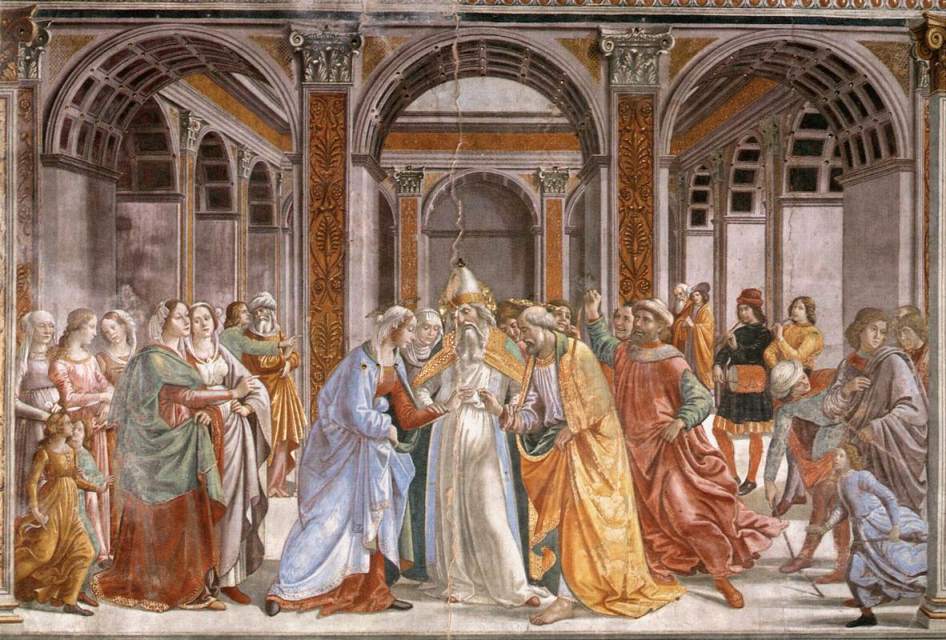


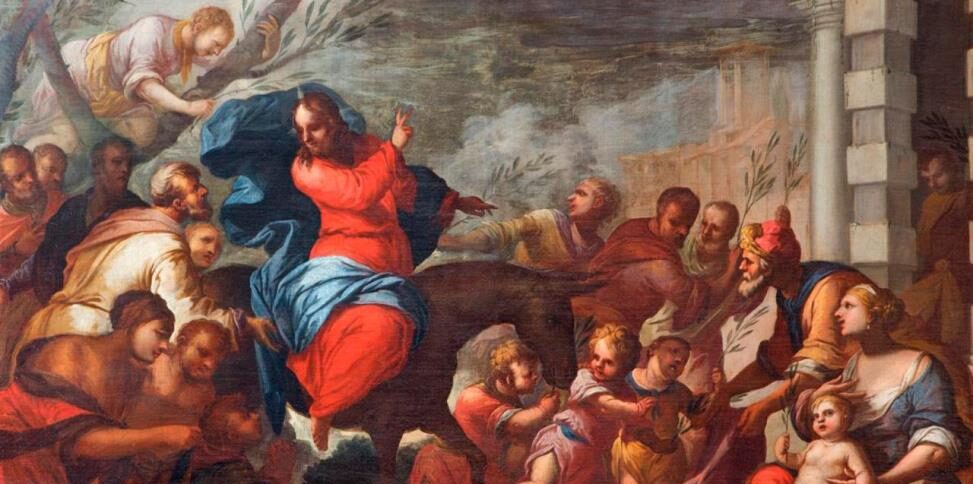



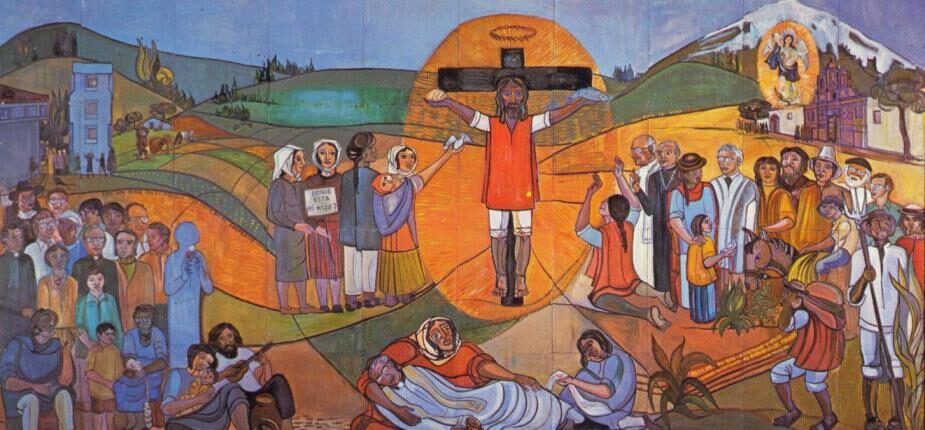
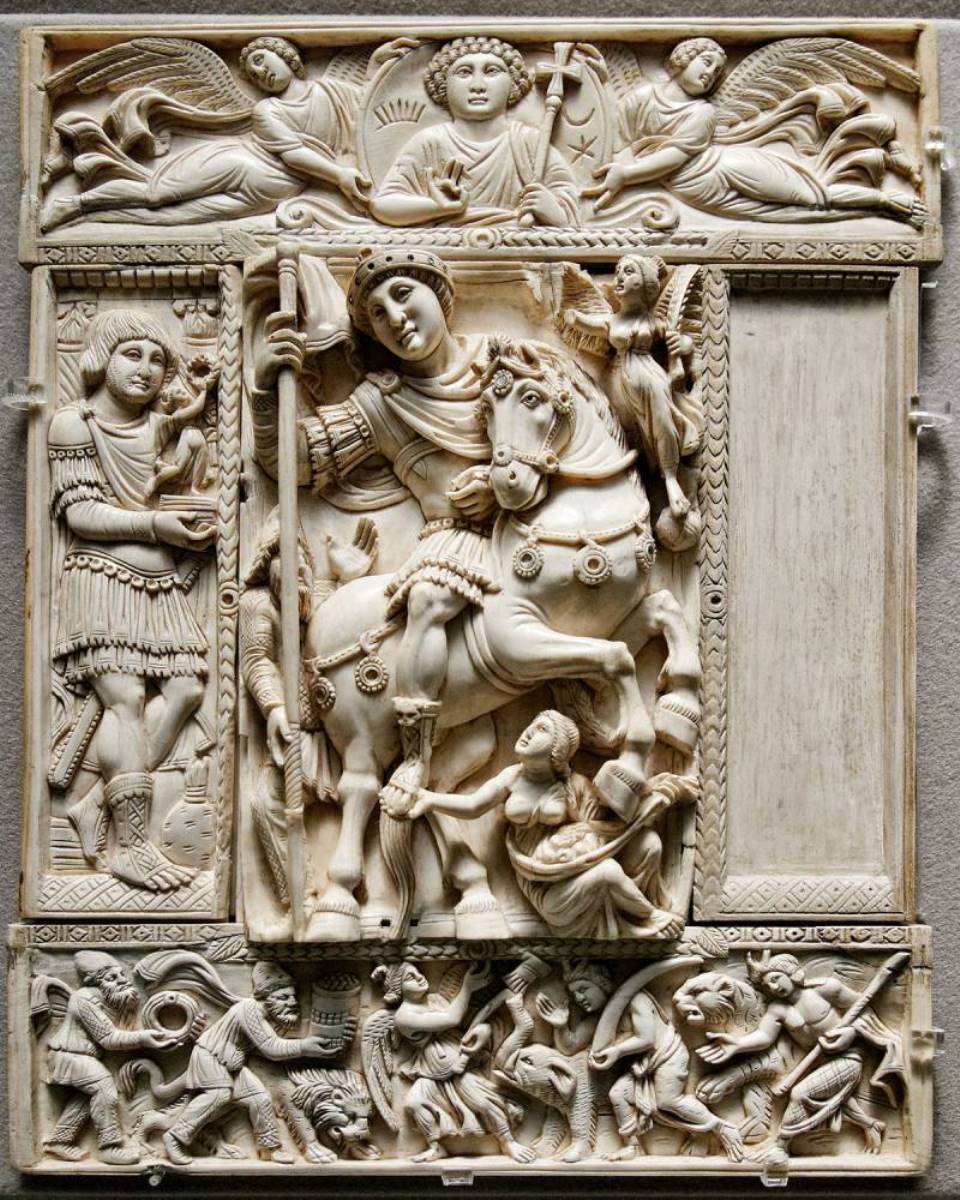
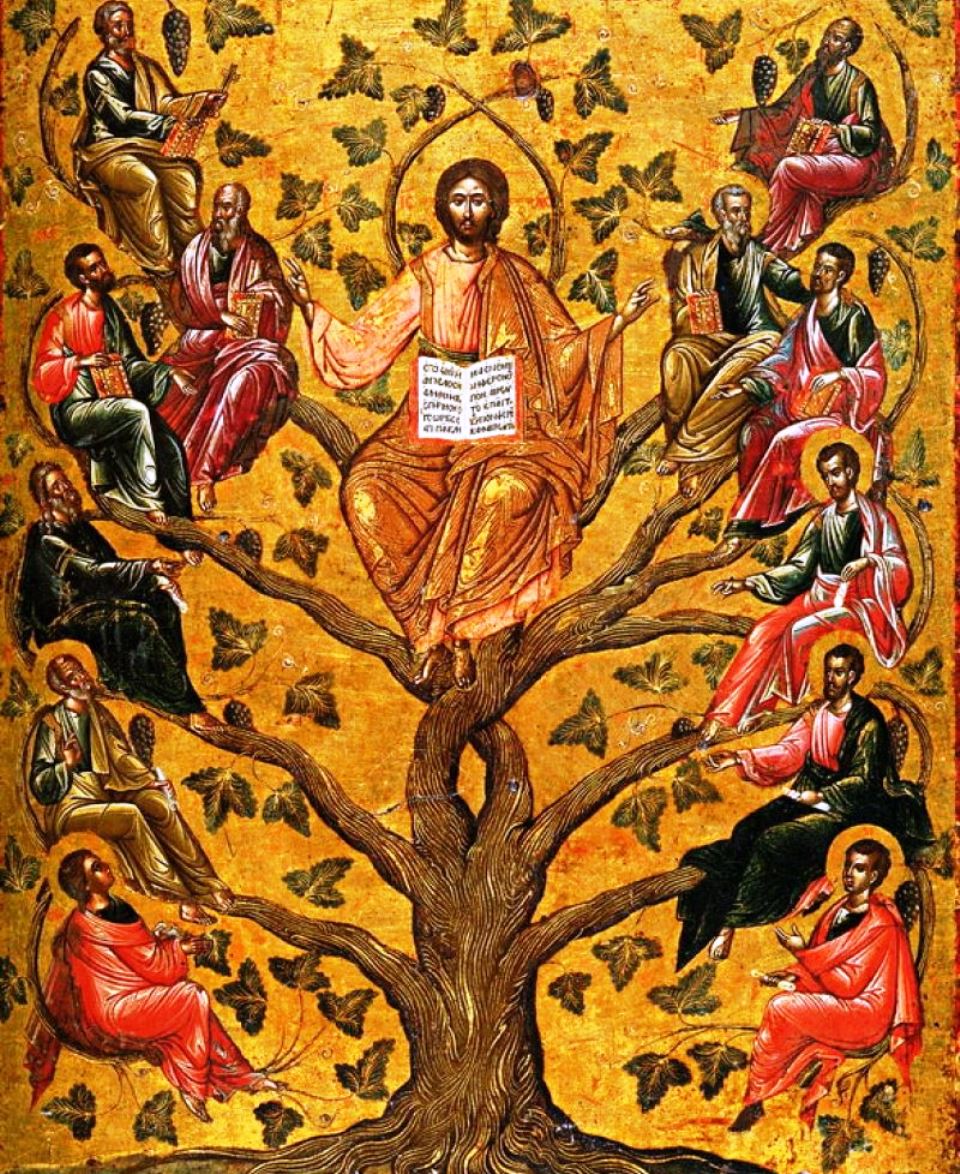


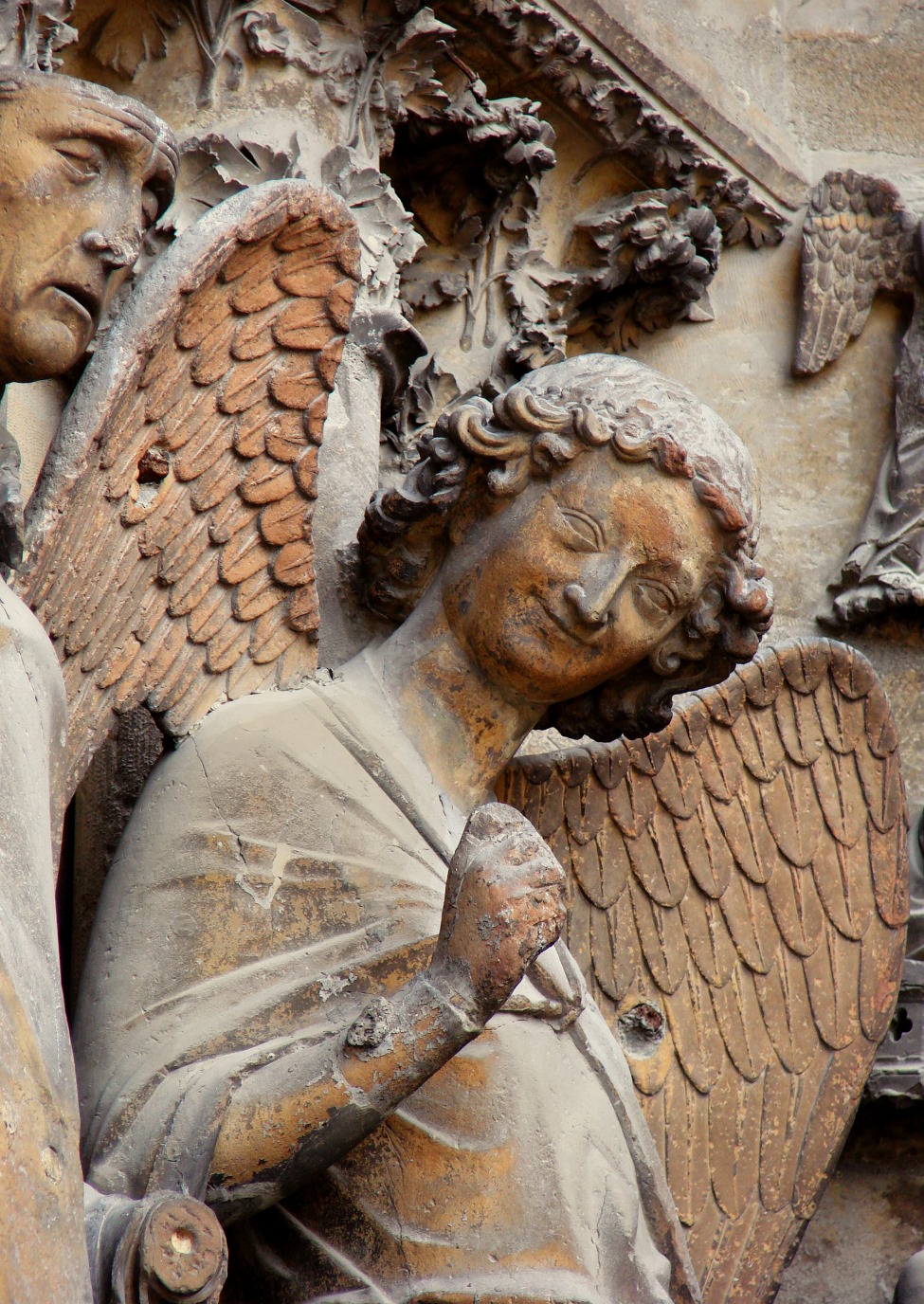

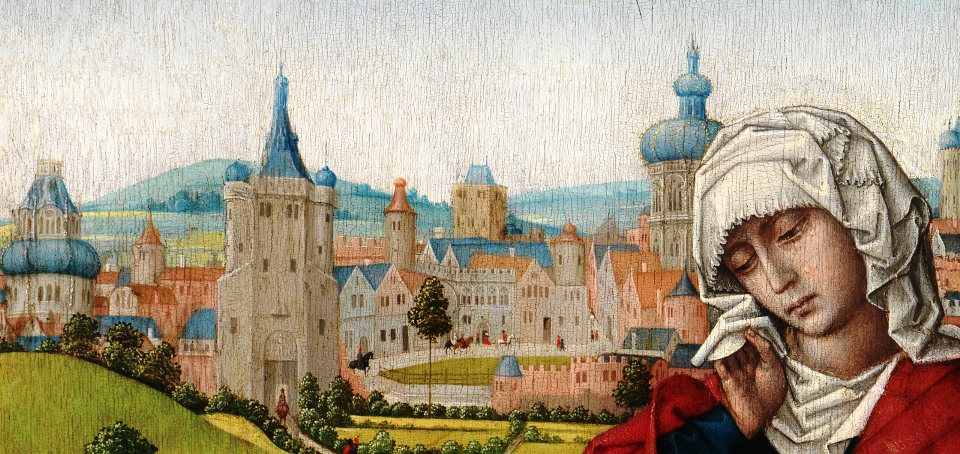


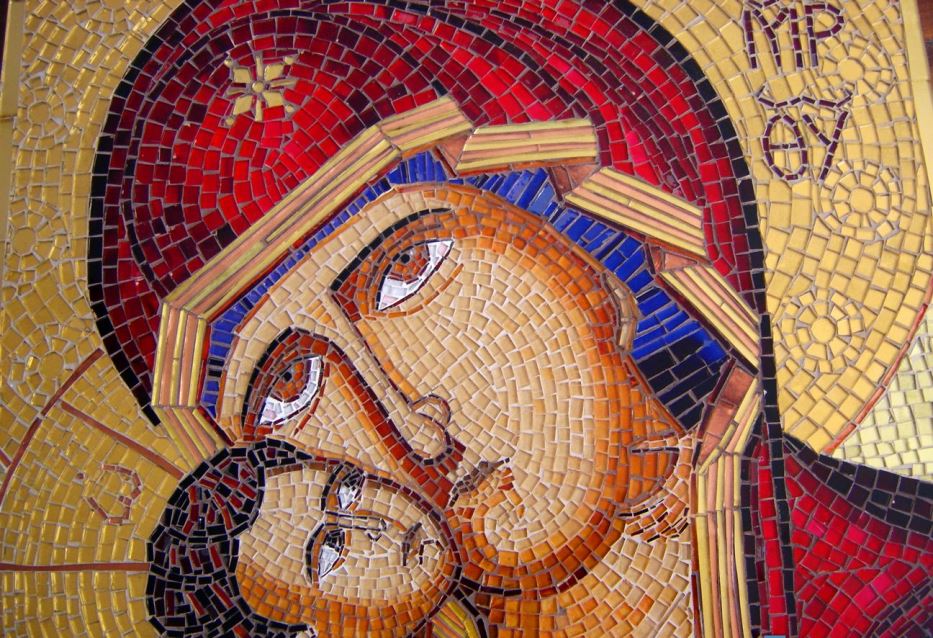
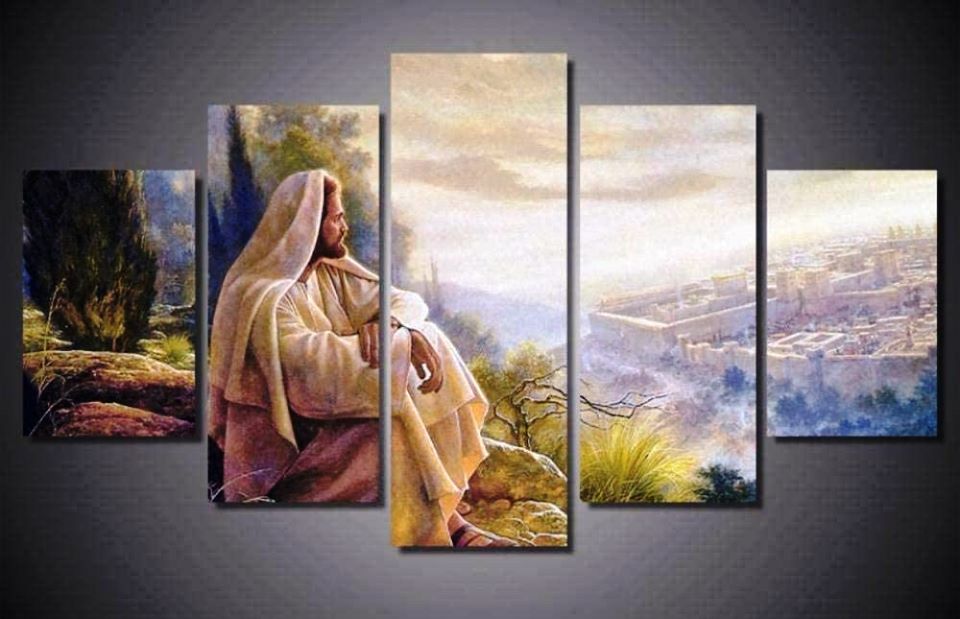
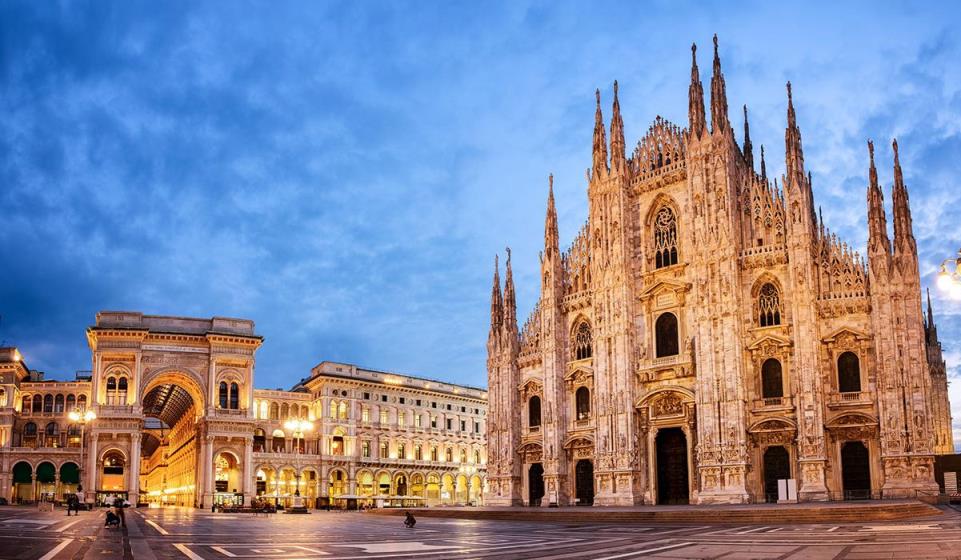

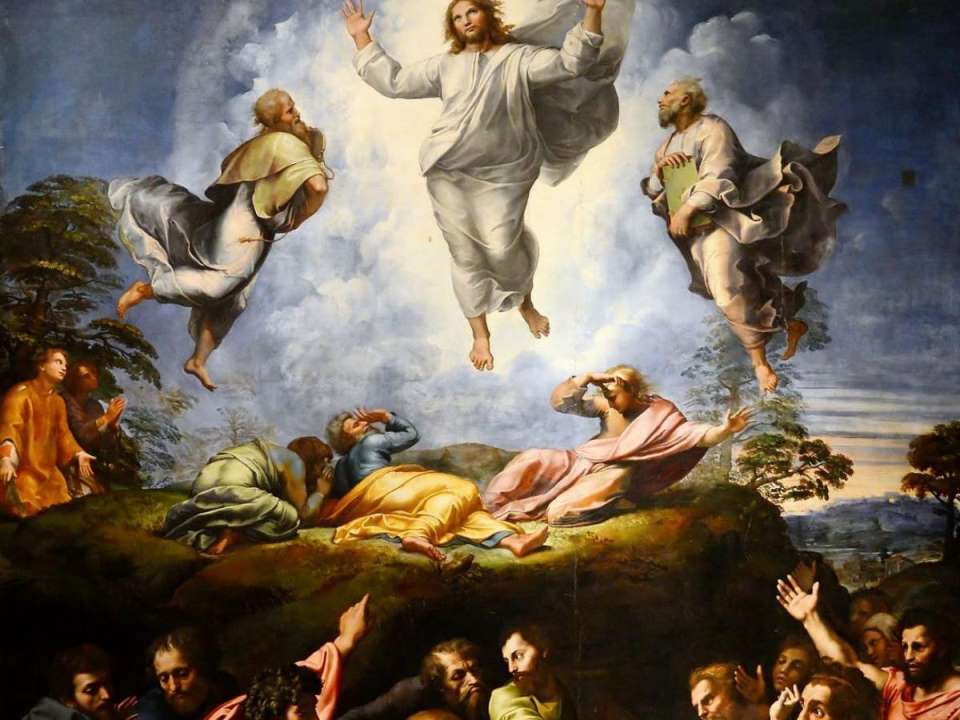



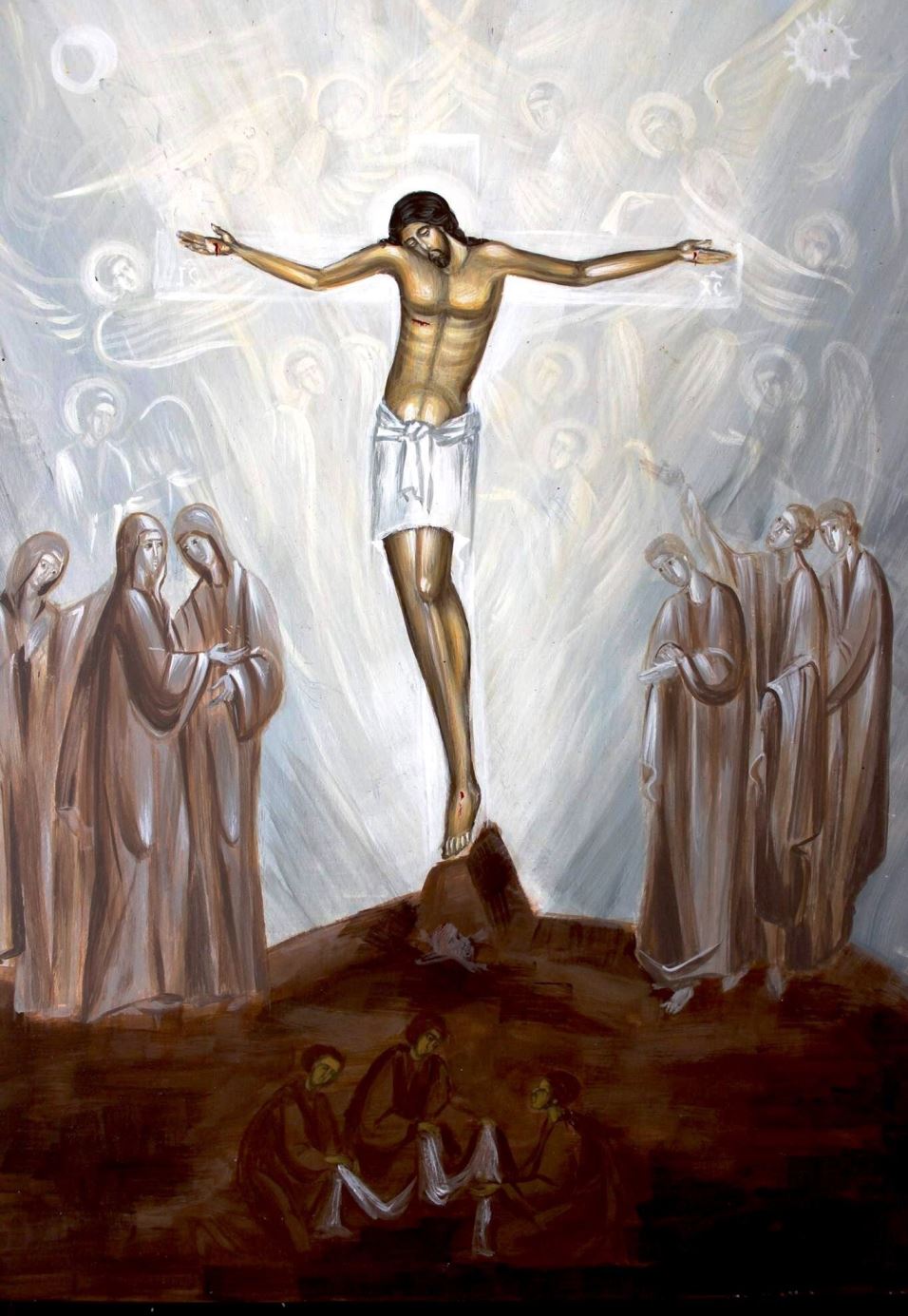
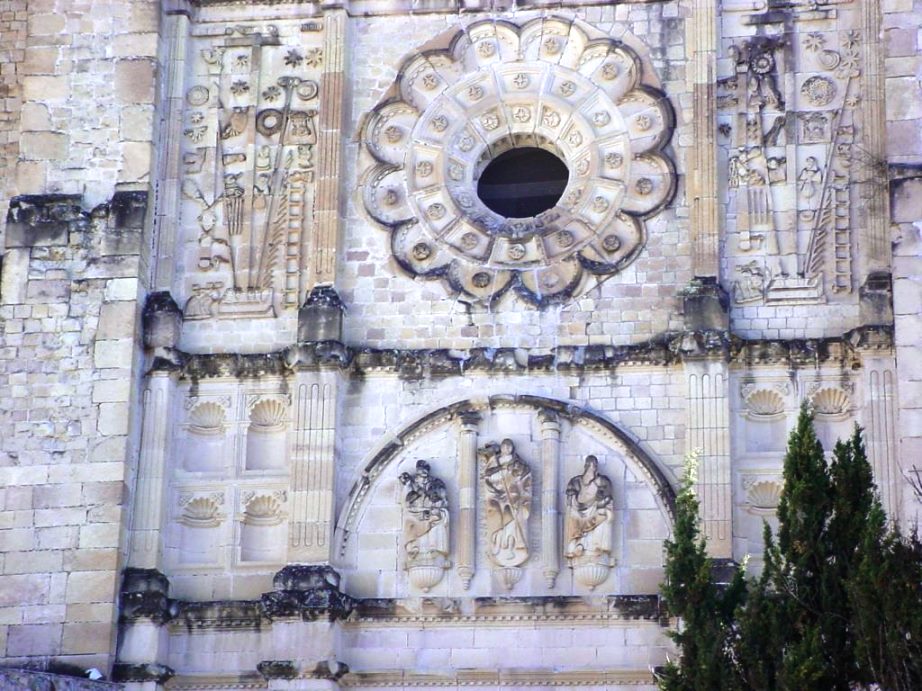


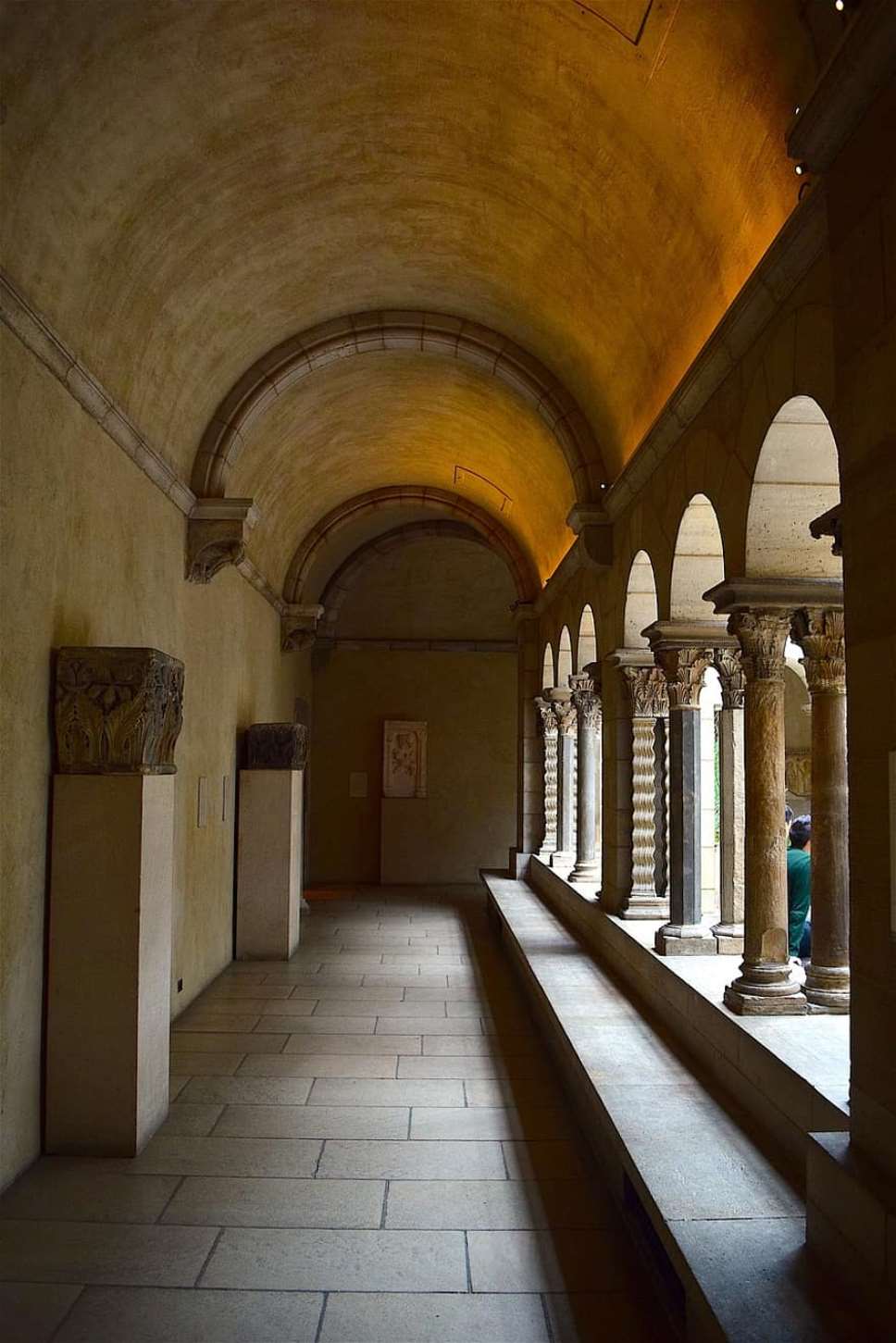
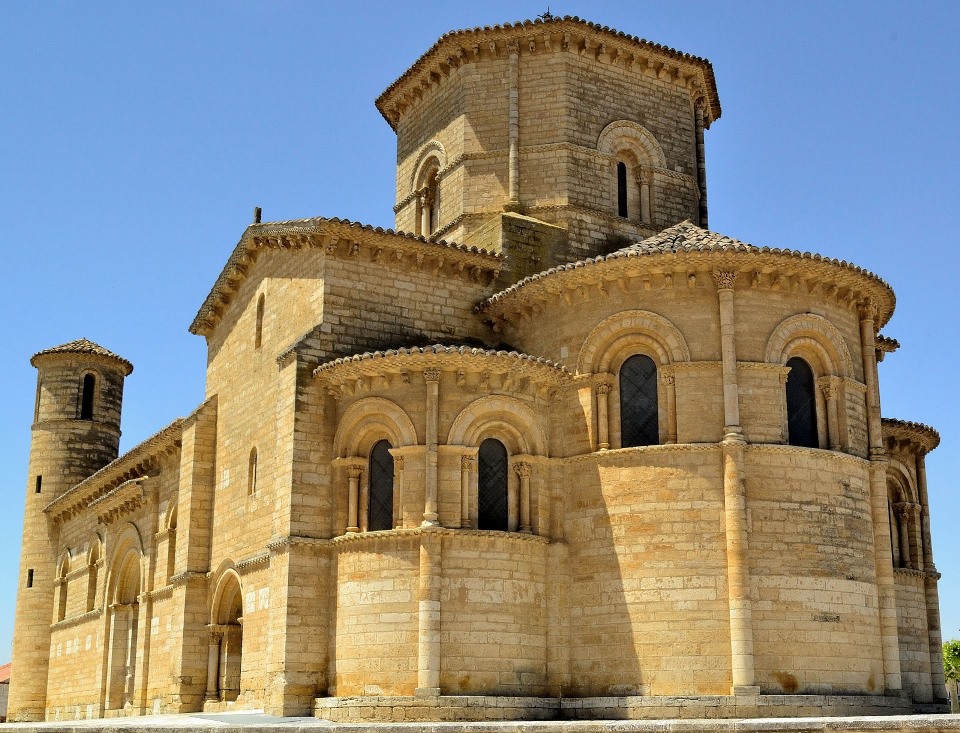
Hi, great article. I would like to know what primary sources have been used for your writing. Thank you very much